웬만해선 그들을 막을 수 없다. 불굴의 게이머들, <LAN PARTY>
ㅇ
지금은 집집마다 초고속 인터넷의 보급이 당연시 되어있고 가격 역시 부담스러운 금액이 아니지만 1990년대 후반엔 지금과 같은 발달을 상상하기 어려웠다. 따라서 당시엔 온라인 게임은 고사하고 간단한 웹서핑 또한 마음껏 이용하기 어려웠던 것이 현실. 이와 같은 상황에서도 쾌락에 대한 인간의 욕구는 여전했다.
당시 서서히 인터넷이 발달하며 온라인 게임 시장 역시 발달하는 추세였고, 이와 발맞춰 사람과 사람 사이에서 진행되던 P2P 형태의 게임이 발달하기 시작했다. 이를 즐기던 게이머들은 개개인의 인터넷 망으로는 당시 광역인터넷(WAN) 가격을 감당하기 어려웠고 새로운 방법을 찾아 나선다.
그 방법은 하나의 인터넷 망을 나눠서 사용하는 것. 일정 장소에 모여 여러명의 이용자가 비용을 나눠 부담하고 각자의 컴퓨터와 음식, 오락기기 등을 가져와 모이는 ‘랜파티(Lan Party)’가 결성되기 시작한다. 처음엔 몇몇의 인원으로 시작된 랜파티는 게이머들을 통해 입소문이 나며 하나의 문화로 자리잡았고 다양한 형태와 규모의 행사로 이어지며 인터넷 문화 발전에 크게 기여했다.
Today, high-speed internet is a household staple, with affordable pricing making it accessible to virtually everyone. However, in the late 1990s, such technological advancements were far from reality. At the time, not only were online games a rarity, but even basic web surfing was often a challenge due to slow connections and high costs. Yet, despite these limitations, the human desire for entertainment and connection remained unchanged.
As the internet gradually developed, the online gaming market began to expand, leading to the rise of peer-to-peer (P2P) gaming, where players connected directly to each other. However, most individual users couldn't afford the high costs of wide-area network (WAN) connections, pushing them to seek alternative solutions.
One such solution was sharing a single internet connection among multiple users. Gamers started gathering at specific locations, splitting the costs, and bringing their own computers, food, and gaming consoles, giving birth to what became known as the LAN party. Initially, these gatherings were small and private, but as word spread among gamers, LAN parties evolved into a full-fledged subculture, growing into large-scale events that played a significant role in the development of internet culture.
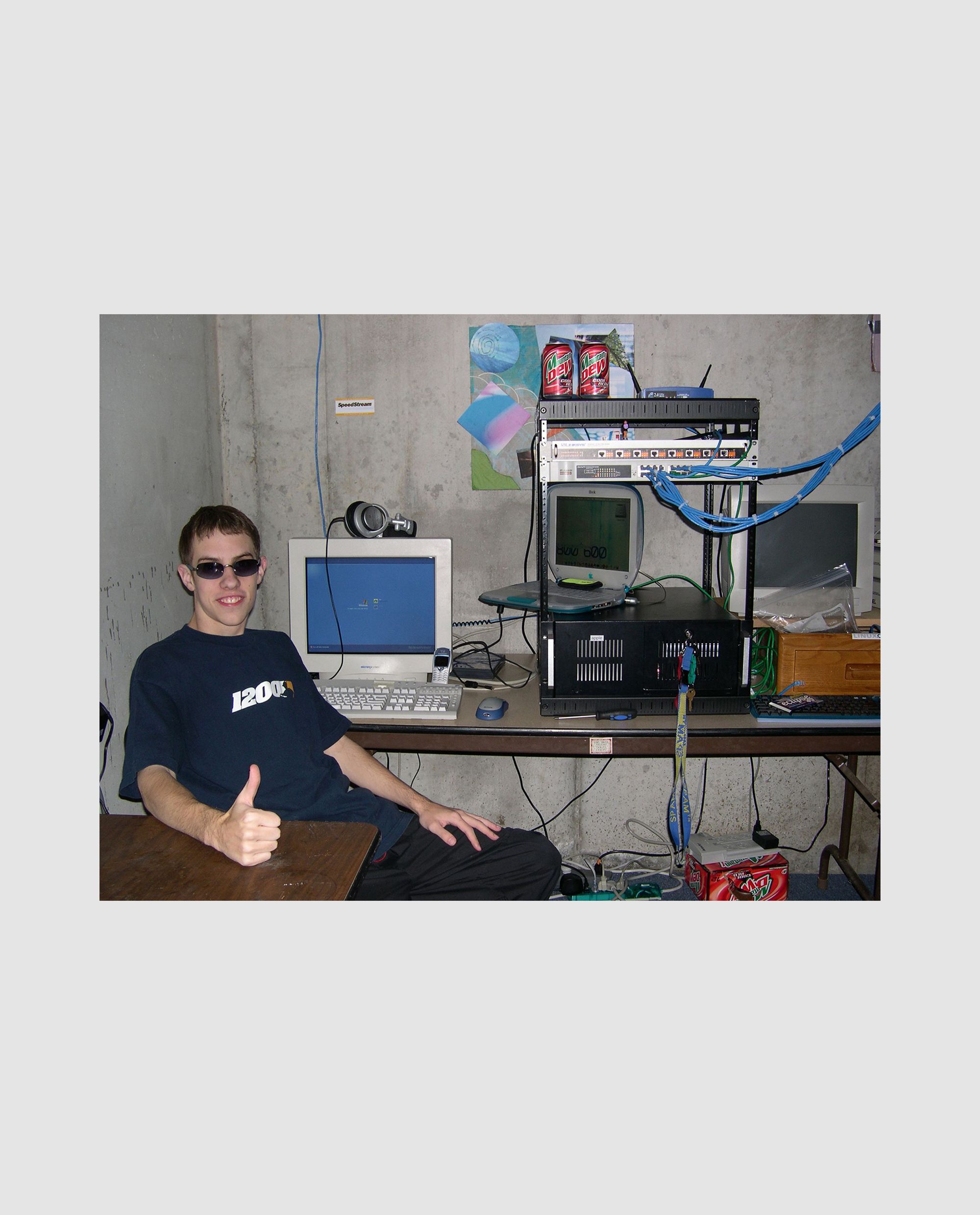
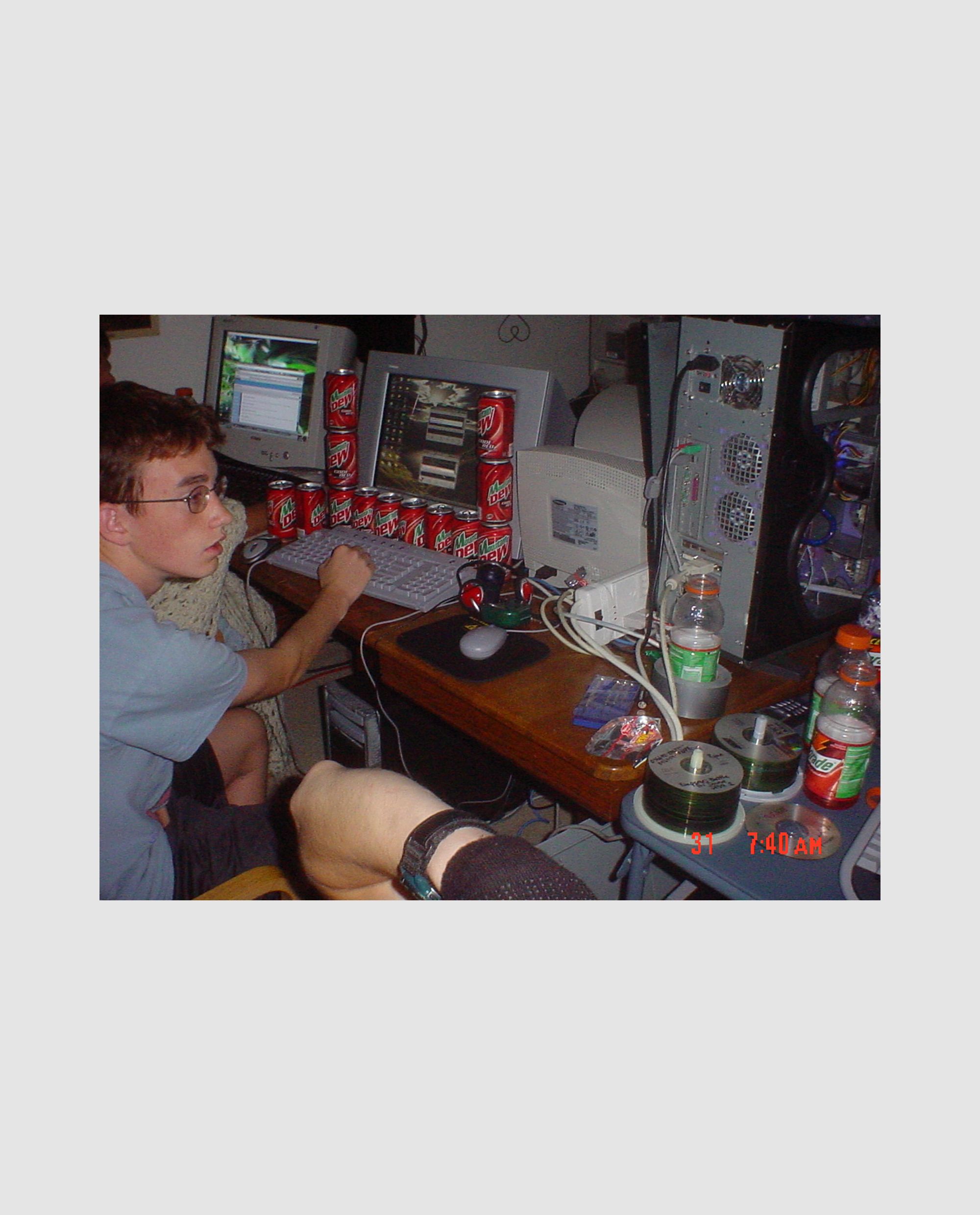
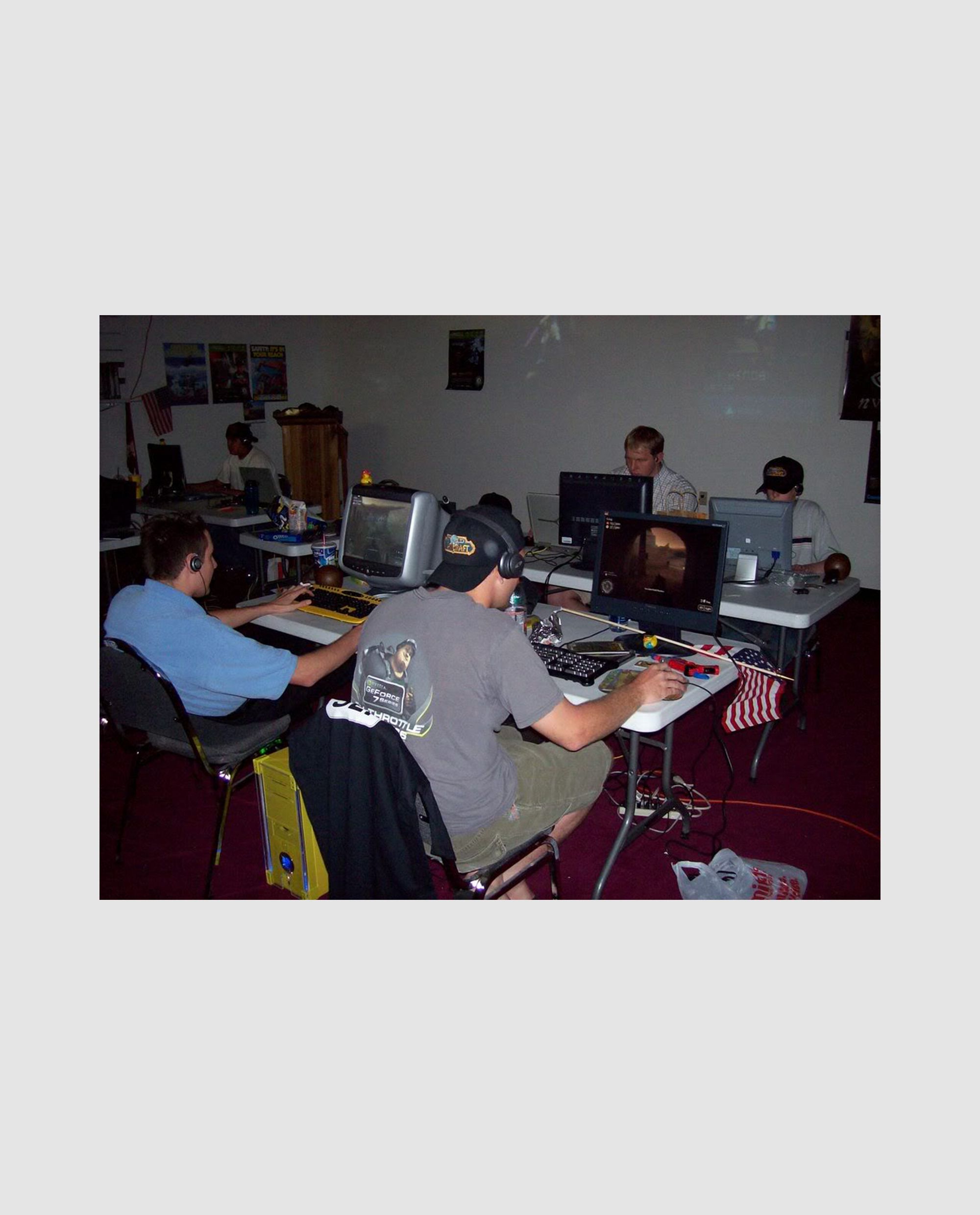
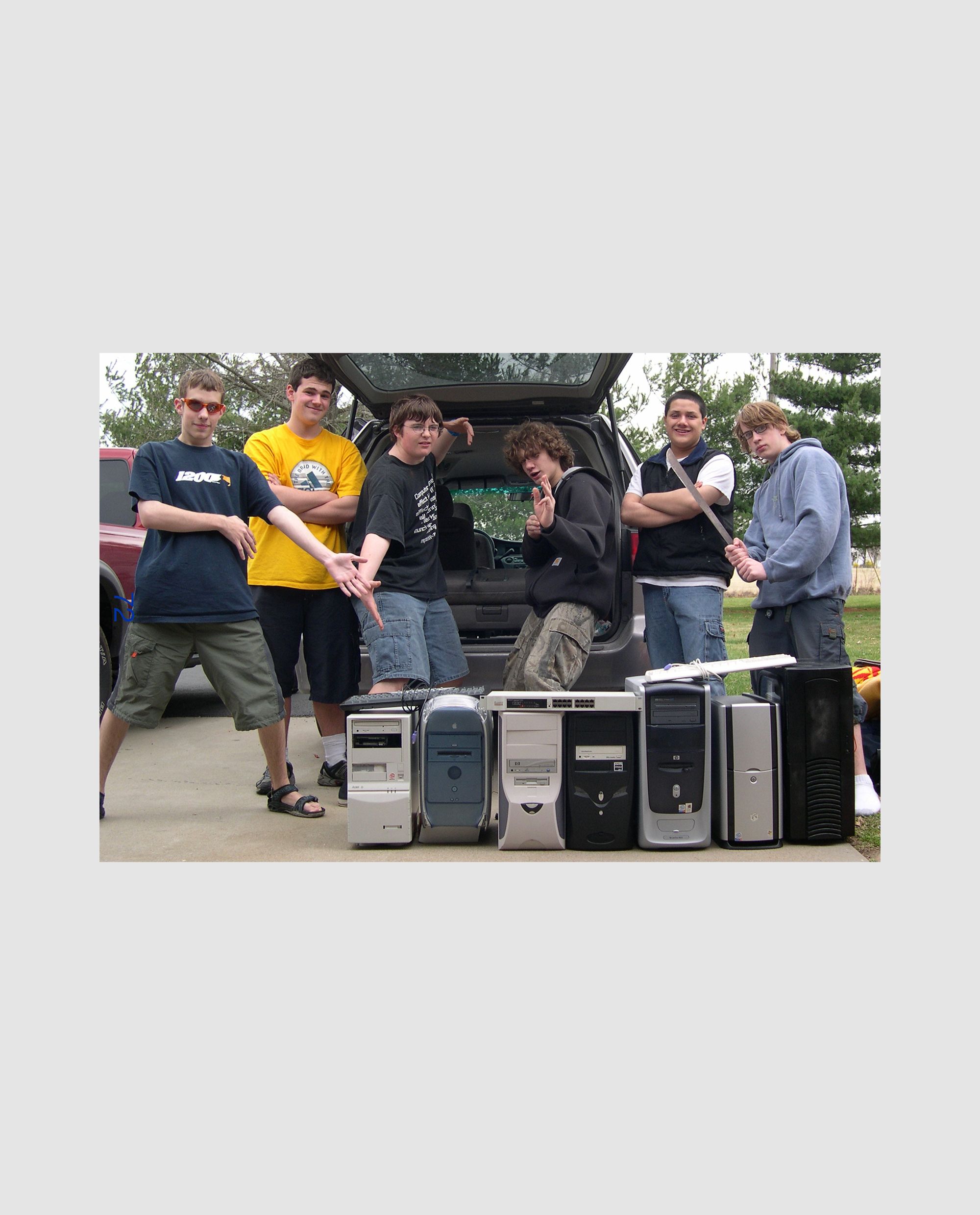
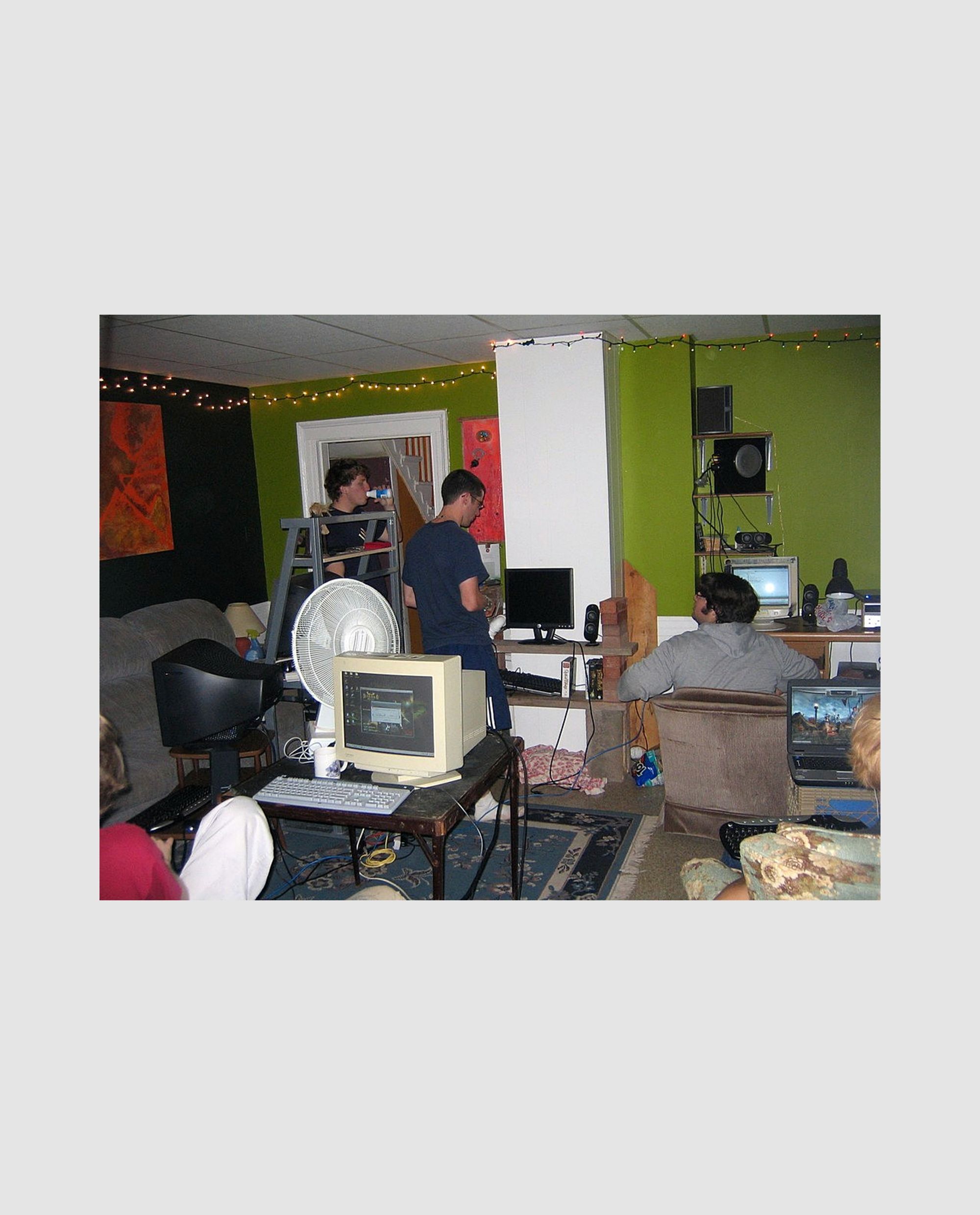
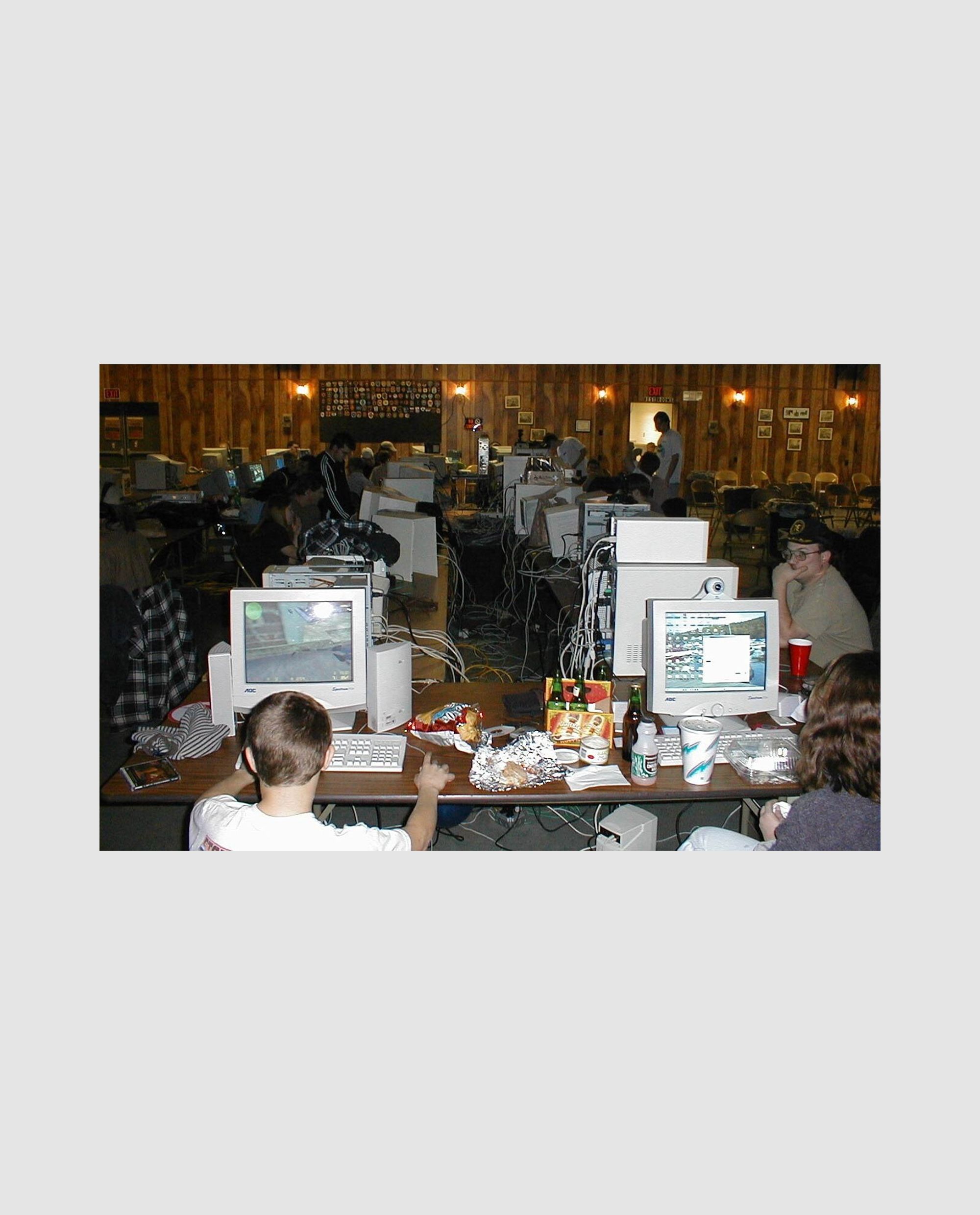



Fake Magazine Picks
웨스 앤더슨이 제작한 단편 영화 같은 광고 6선
YELLOW HIPPIES(옐로우 히피스)